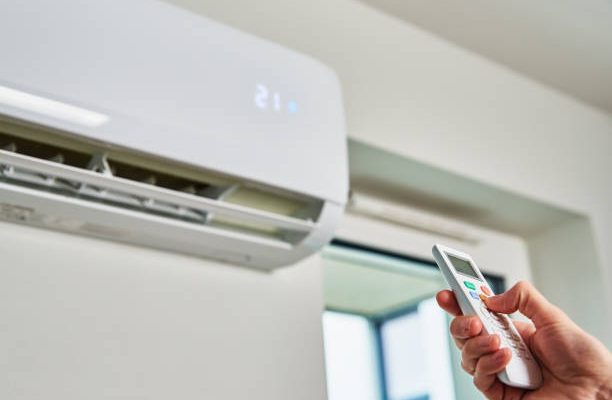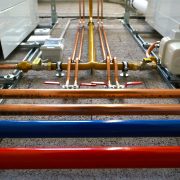Well-designed and properly installed air conditioning systems play a crucial part in creating a comfortable indoor environment. While the basics of air conditioning installation are essential, there are advanced strategies that can take your setup to the next level. This article will explore some advanced techniques and considerations to ensure optimal performance and efficiency for the cooling system.
Sizing and Load Calculation
Sizing an air conditioner correctly is one of the most important aspects of the installation. This involves calculating load, considering room size, insulation, windows, and heat-generating appliances. An undersized unit will struggle to cool the space efficiently, while an oversized unit may cycle on and off frequently, leading to energy wastage. A proper load calculation can ensure a cooling system is perfectly sized for your needs.
Ductwork Design and Optimization
The design and optimization of the ductwork often go unnoticed, but they are crucial to the efficiency of your HVAC system. Properly designed ductwork ensures that cooled air is distributed evenly throughout the space, minimizing temperature variations and maximizing comfort. Additionally, well-insulated and sealed ducts prevent air leakage, improving energy efficiency and reducing utility costs. Consult a professional HVAC technician to assess your ductwork and make any necessary adjustments or upgrades.
Zoning Systems
If you want to maintain your indoor climate even further, consider implementing a zoning system in your air conditioning setup. Zoning allows you to divide your space into different zones and independently control the temperature in each area. It is particularly beneficial for larger homes or buildings whose cooling needs change throughout the day. By utilizing separate thermostats and dampers, you can optimize energy usage by cooling only the occupied areas, leading to increased comfort and energy savings.
Smart Thermostats and Automation
With advancements in technology, integrating smart thermostats and automation into an air conditioning system can bring convenience and energy efficiency to a whole new level. Smart thermostats allow one to control and monitor the cooling system remotely and adjust settings from anywhere using the smartphone. They can also learn your preferences and adapt to your schedule, optimizing energy usage and providing personalized comfort. Additionally, automation features such as occupancy sensors and geofencing can automatically adjust the temperature based on occupancy or your location, further enhancing efficiency and convenience.
Energy Efficiency Enhancements
Improving your air conditioning system’s energy efficiency reduces your environmental footprint and saves you money in the long run. Consider adding energy-saving enhancements such as programmable thermostats, variable-speed motors, and high-efficiency filters. Regular cleaning or replacing filters and checking refrigerant levels are also crucial for optimal performance. Additionally, proper insulation in walls, windows, and attics helps prevent heat transfer, reducing the workload on the cooling system.
Conclusion
While air conditioning installation is a basic necessity, implementing advanced strategies can significantly enhance a system’s performance, efficiency, and overall comfort. By accurately sizing the unit, optimizing ductwork, implementing zoning systems, integrating smart thermostats, and improving energy efficiency, you can create an ideal indoor atmosphere while minimizing energy consumption. Remember to consult a professional HVAC technician who can provide expert advice and ensure your cooling system is installed and optimized to the highest standards. With these advanced strategies, you can take your air conditioning setup to new heights and enjoy a cool and comfortable environment year-round.










